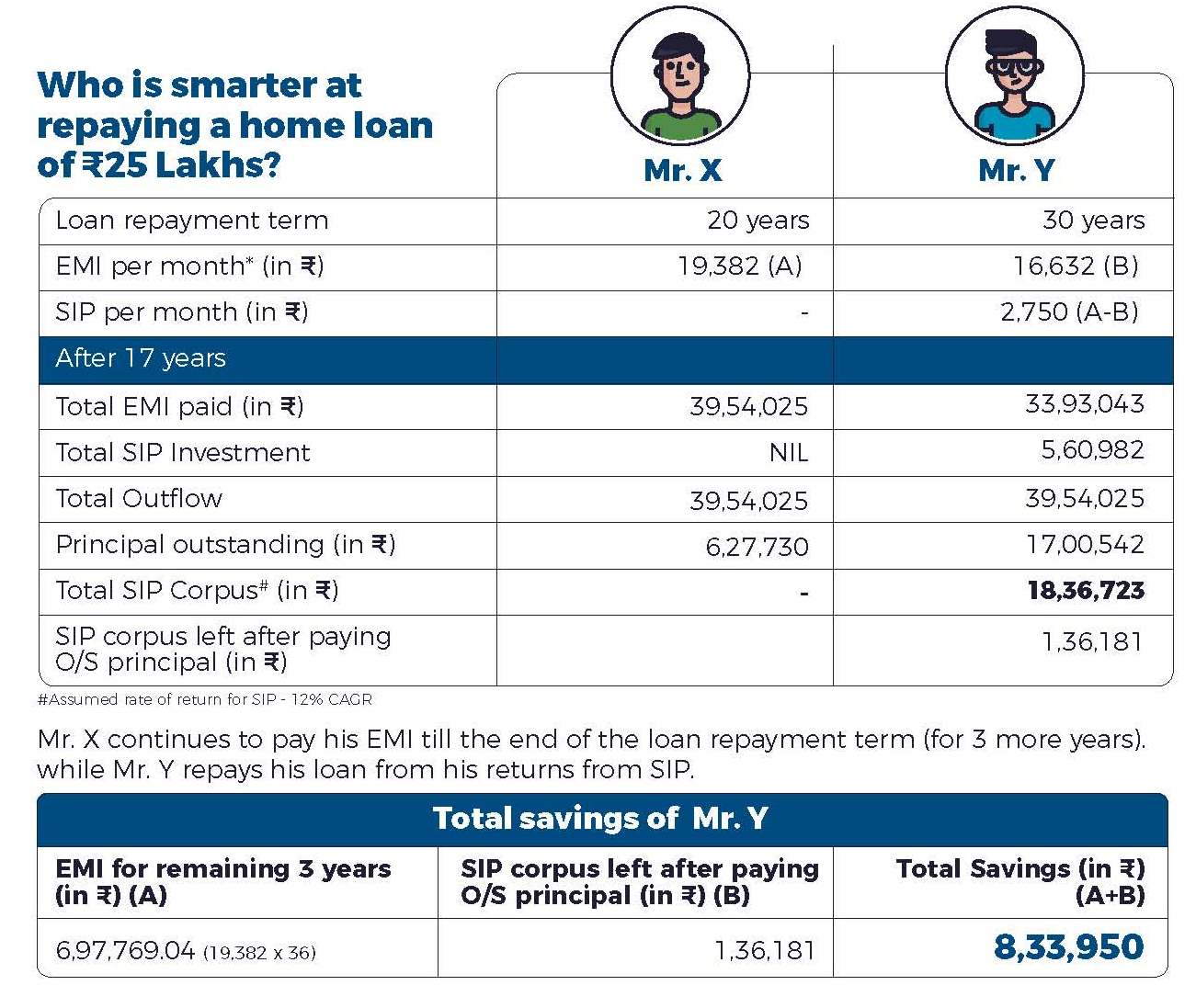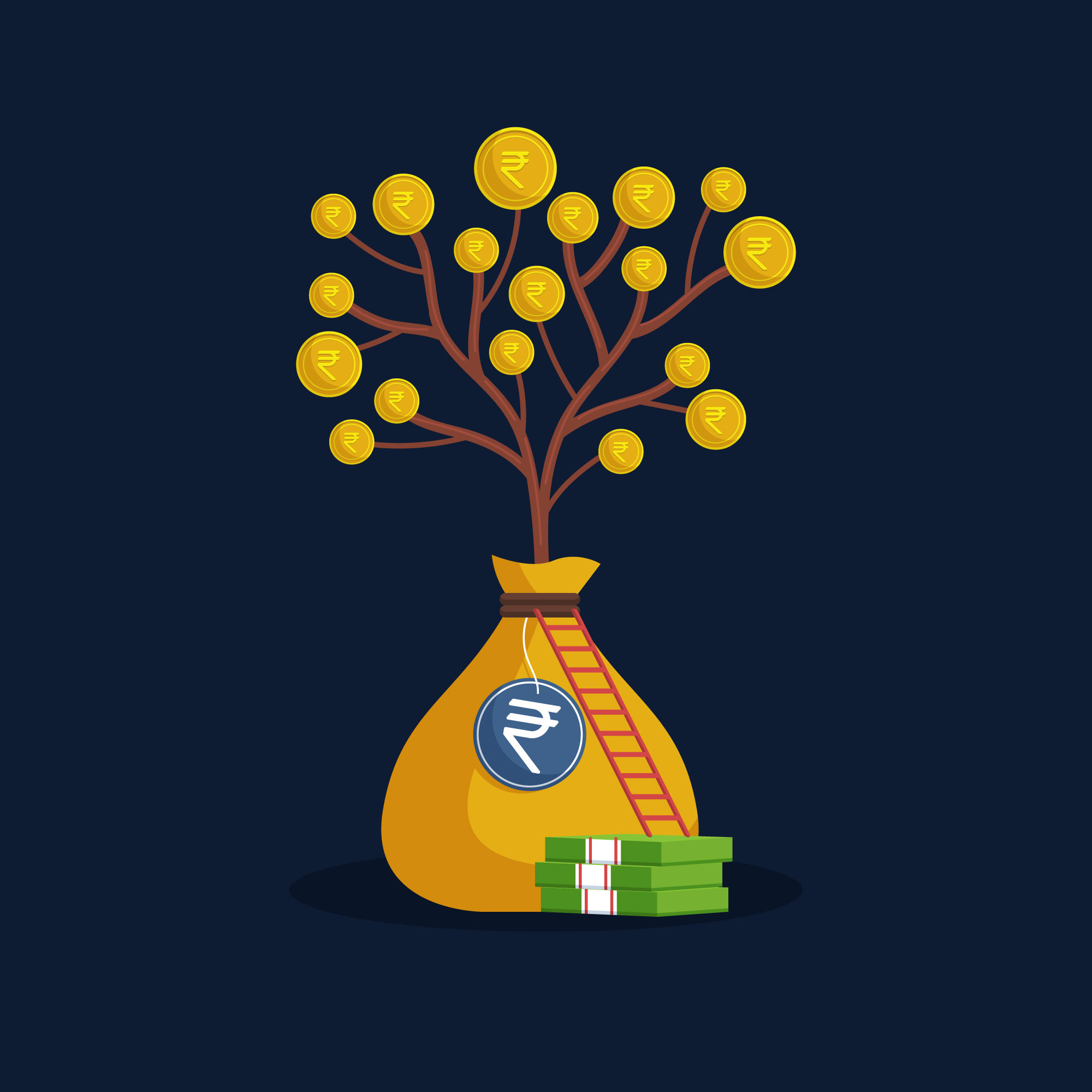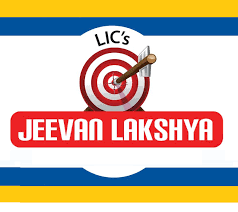I often meet senior citizens in their mid-sixties to early eighties. Many of them have saved significantly over the years, building real wealth. However, despite their financial security, their lifestyle often reflects constant fear—fear of medical expenses, fear of their children not providing financial support during emergencies, fear of wealth distribution after their death, fear of inflation, and more. These fears prevent them from enjoying their retirement. Consequently, neither they nor their children live fulfilling lives, as the entire family suffers from financial anxiety, poor planning, and the inefficient use of resources.
The solution to this fear lies in preparation. Fear can be described as an unpleasant emotion caused by the perception of danger, pain, or harm. To address fear, one must eliminate the perceived threat. This can be achieved through forecasting, proper planning, and the wise use of resources.
Now, returning to the title of this article—Can a financial advisor change your lifestyle?—let me share two real-life examples and leave you to determine the answer.
Example 1: Transforming a Young Professional’s Lifestyle
One of my clients, who has been associated with me since 2020, shared how my advice influenced his lifestyle. At that time, he was 39 years old, earning a monthly income of ₹1,25,000–₹1,30,000, but had no financial discipline. He never tracked his expenses, had no savings, and indulged in frequent luxuries—changing cars every 3–4 years, vacationing annually, and enjoying lavish Sundays.
The COVID-19 lockdown served as a wake-up call. He realized that if he couldn’t sustain himself for 60 days without income, how would he manage after the age of 60 when he could no longer work? He contacted me through a mutual friend, explaining his dire financial situation: no savings, no investments, no insurance, and several loans.
We started by addressing his lifestyle. He began saving ₹5,000 a month. After seven months, he found it manageable and increased his savings by ₹2,500. By the end of the first year, his monthly SIP (Systematic Investment Plan) reached ₹7,500.
During a visit to his residence, his family expressed displeasure about his new habits, especially his avoidance of unnecessary expenses. I chose not to react, as they were unaware of his investment plans. (While I generally recommend sharing financial plans with family, this case was an exception as the family was resistant to saving. It is better not to share rather than sharing and terminating the investment plan.)
In the second year, his income increased by ₹15,000 monthly. Instead of increasing his expenses as he had in the past, he chose to increase his investments. His SIP grew to ₹22,500. Later, He called me up saying I have made many advances to friends and relatives. Whenever they return him the money, he will behave as if they have not returned any amount and we shall directly invest that amount fully. He actually succeeded in doing it.
Today, his monthly SIP is ₹33,000, and his mutual fund investments total over ₹23 lakhs. Their current value is approximately ₹38 lakhs, thanks to his entry during the COVID-19 crash. Now his goal is to reach a monthly SIP of ₹50,000 by the end of 2025.
Example 2: A Senior Citizen Overcoming Fear
In 2021, a senior citizen approached me, expressing a desire to invest ₹5 lakhs. During our discussions, I assessed his risk tolerance and financial goals. He arrived in simple clothing, worn slippers, and using public transport—a lifestyle driven by fear rather than necessity. (While economizing is commendable, it is unnecessary when one has significant wealth but limited time and deteriorating health.)
We executed his investment plan, and he began earning handsome returns. In 2022, he informed me that an LIC policy had matured, yielding ₹75 lakhs. He wanted to invest the entire amount in mutual funds.
By 2023, he had started a monthly SWP (Systematic Withdrawal Plan) of ₹55,000 from his ₹80 lakhs investment. His investments have since grown to ₹83 lakhs. When I met him recently, he appeared transformed—wearing ironed clothes, shoes, and carrying a smartphone. He shared that his fears about generating regular income amid rising inflation had dissipated. He now enjoys a worry-free, happy life with his spouse, son, and family.
Key Takeaways
These two examples highlight contrasting lessons:
- The first case underscores how ignorance of potential threats can prevent planning. Remember, failing to plan is planning to fail.
- The second case shows how excessive fear and over-planning can lead to a miserable life. This happens when people lack the knowledge to utilize their resources effectively.
A financial advisor can help bridge these gaps by providing clarity and actionable steps. It is crucial to share all relevant details with your advisor to forecast accurately, understand your current resources, identify resource gaps, and achieve a balanced lifestyle—neither too extravagant nor too frugal.
My articles aim to resonate with the common person, addressing the financial challenges they face. While the rich and ultra-rich may find these insights less relevant, they are crucial for those striving for financial stability and peace of mind.















 Today, he pays ₹14,000 in rent, ₹5,200 in pharmacy bills, ₹1,180 for his Jio connection, ₹2,000 for milk, and ₹5,000 for fruits and vegetables and so on—bringing his monthly basics to about ₹32,000. Recreation, vacations, and gifts for children or grandchildren are out of the question. Now, one hospitalization could push him into financial distress(one may argue having government health card but it is not sufficient to cover critical illness. The couple does not have personal health insurance as they were covered by company, insurance contract ceased post VRS and as they were suffering from BP and Diabetes they were not eligible for personal health insurance or those companies which offered insurance had exclusion clause and high premiums which was not affordable). At 66, he’s desperately seeking a desk job, but poor health, age, and lack of computer skills are barriers.
Today, he pays ₹14,000 in rent, ₹5,200 in pharmacy bills, ₹1,180 for his Jio connection, ₹2,000 for milk, and ₹5,000 for fruits and vegetables and so on—bringing his monthly basics to about ₹32,000. Recreation, vacations, and gifts for children or grandchildren are out of the question. Now, one hospitalization could push him into financial distress(one may argue having government health card but it is not sufficient to cover critical illness. The couple does not have personal health insurance as they were covered by company, insurance contract ceased post VRS and as they were suffering from BP and Diabetes they were not eligible for personal health insurance or those companies which offered insurance had exclusion clause and high premiums which was not affordable). At 66, he’s desperately seeking a desk job, but poor health, age, and lack of computer skills are barriers.





